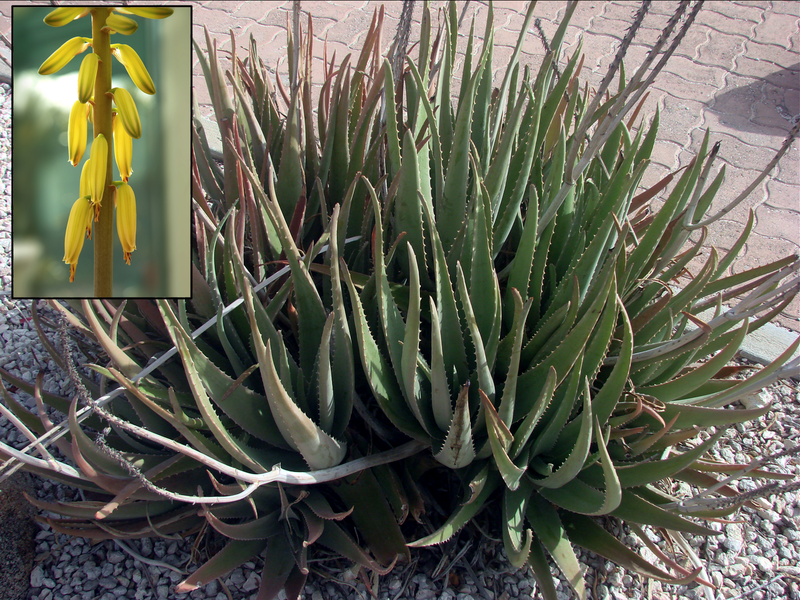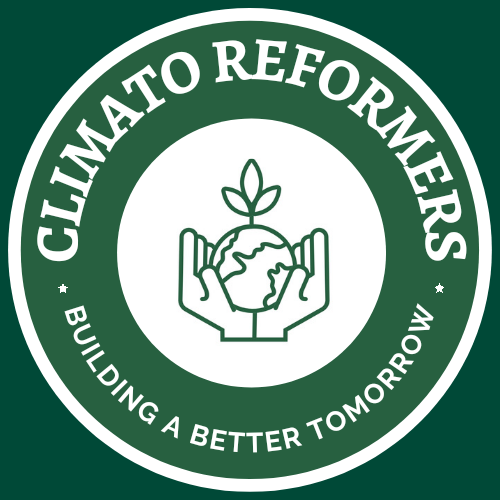Pure Air – Oxygen Through Indoor Plants by Dr. Rajiv Sahay
Hi, my name is Doctor Rajeev Sahay. I am the Chief Scientific Officer with Pure Air Control Services. We operate out of Clearwater, Florida, United States. Last week my nephew contacted me and I am happy and delighted that he joined an organisation Krishna Gurukul Foundation and has told me about the activity of this Foundation about climate change and how to get Pure Air – Oxygen Through Indoor Plants, is quite obvious at this time thinking about environment is one of the option by which we can improve this world as a better place for living.
My nephew has requested and was motivating me that keeping in mind my specialty I must throw light on some such facts that how we can increase the productivity of oxygen to fight this Covid situation.
No work is so easy but if a little effort is made then it can be done very easily. As far as increasing oxygen production is concerned, we can see it divided into two parts. In the first part, let us do something that will increase the production of oxygen inside the house and that can be done, I will throw light on it in a few moments.
In order to save the planet in a big way, to increase the index of oxygen, outdoor plantation is also a good medium and solution.
So how and which plant should we plant inside the house in which we need very little resources and very little effort. Those plants and those plants should be planted which give a lot of oxygen and its care is not so difficult. So I would like to tell you about some plants which can be very good for this and I think these plants are definitely available in every house if you look around.
Among them there is a very common plant which is called money plant. In English it is called Pothos and botanically it is known as Epipremnum Aureum.

Similarly, there is another plant which is called snake plant but botanically it is known as Sansevieria trifasciata species.

Apart from this there are some other plants like Aloe Vera which we call in Hindi as Ghritkumari.

Apart from this, Peace Lily is a plant which we call Spathiphyllum botanically

and Chrysanthemum which we call Guldaudi in Hindi.

These are some such plants, which if we plant indoors, they increase the index of oxygen abundantly and their care is not so difficult. If a little attention is paid to them, then they can be easily planted.
And the second thing that I want to say is that if you are thinking about outside, then it is very important to plant grass because there can be benefits by planting grass, First, they reduce dust around us as there is so much dust, they are a great storage for bacteria and parasites.
So if a grass stripes are planted in front of the houses or side by side in cities, then they can have two benefits. One, there will be a lot of reduction in the dust entering the house, and secondly, the grass is green, so oxygen level can also increase.
Apart from this, many measures can be taken, big trees can be planted if you have land available.
Teak tree is a good example which is economically very viable, in the same way is Neem tree(Indian lilac), Banyan tree, Amla tree(Indian gooseberry). These trees are not seen so much nowadays, but a lot of oxygen comes out from these trees.
So I am extremely glad that Krishna Gurukul Foundation has started this fleet and special thanks goes to my nephew, keep yourself associated with Climato Reformers and will also help you with any technology and any other query of any of your members if they want me to explain or clarify.
I don’t want to make this interview stretched or I do not want to make this interview like a very long one but in a nutshell I want to say that every big step starts with a small step.
So please involve yourself and members around you without any hesitation. You need to promote because Save earth – Save environment, you’ve heard.
So I have come up with a slogan ” Respect for environment, Care for health “. With that motto, again, thankyou everyone and thankyou for your noble cause for what you are doing and I am delighted to give my opinion on it and subsequently I can be contacted, should any of you need any further clarification. Thankyou again, thankyou.


